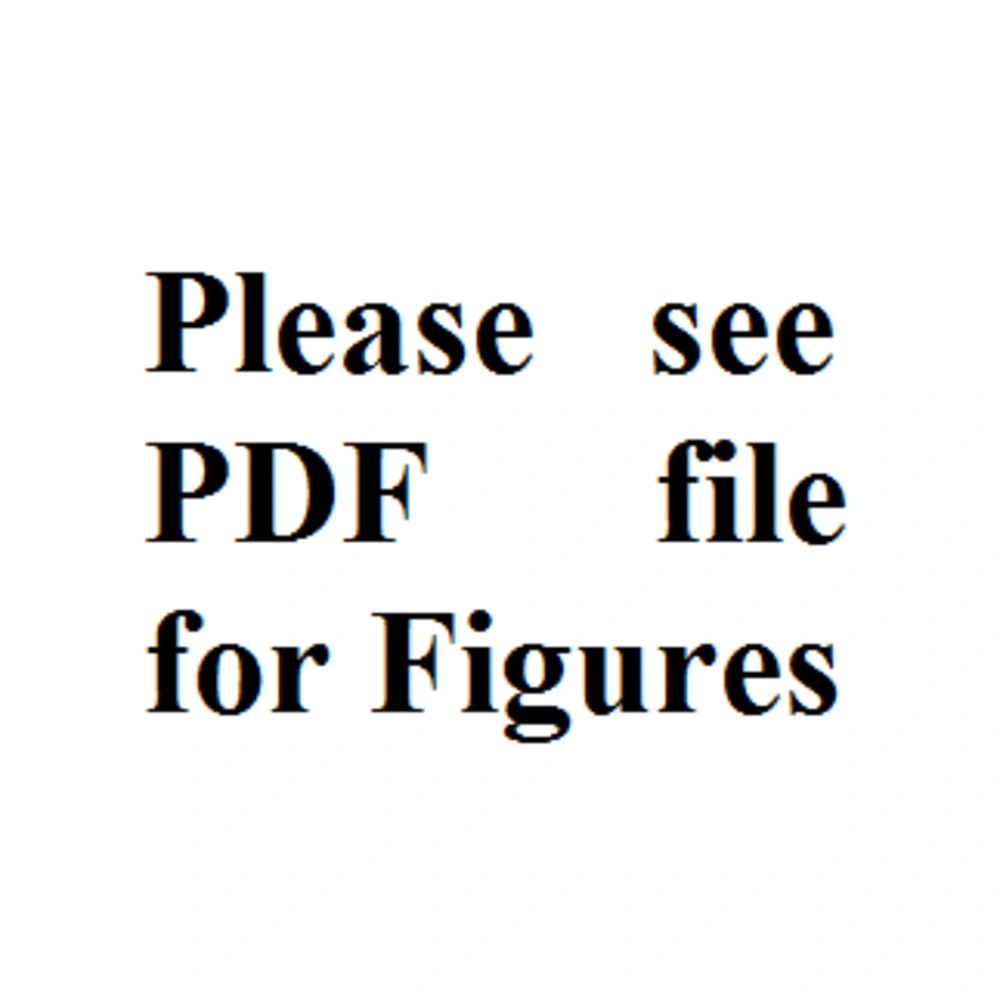1. Introduction
A mucocele is an epithelial-lined mucus-containing sac completely filling the sinus and capable of expansion (1). The large majority of mucoceles are located in the frontal sinus (60%) followed by the ethmoid sinus (30%) and maxillary sinus (10%). They are rarely seen in the sphenoid sinus (2). A clear majority of mucoceles of paranasal sinuses are solitary. An endoscopic approach is ideal in those mucoceles, which can be accessed and widely marsupialized (3). We report a case with unilateral ethmoid and frontal mucoceles, which were marsupialized endoscopically. The aim of this case report was to show that surgeons should think of possible upstream sinus mucoceles when they find a large downstream sinus mucocele obstructing the ostia of upstream sinuses on computed tomography (CT) scans.
2. Case Presentation
A 74-year-old man presented with complaint of bilateral nasal obstruction for about six months, which was more severe on the right side. He had anosmia, too. He did not have any history of previous trauma. He did not have any other symptom or sign such as runny nose, sneezing, epistaxis, facial swelling, loss of appetite or weight, diplopia, or decrease in visual acuity. On examination, anterior rhinoscopy and nasal endoscopy showed bilateral inferior turbinate hypertrophy. There was no other significant finding. On ophthalmologic examination, there was no restriction in extraocular muscles and pupils were reactive to light. The CT scan of paranasal sinuses showed a large left-sided homogenous mass obstructing the left frontal sinus drainage pathway. Another homogenous mass was noted in left frontal sinus with opacity of right paranasal sinuses (Figure 1). Based on clinical findings and imaging, the most likely diagnosis was two separate ethmoid and frontal mucoceles with pansinusitis. Mucoceles were identified and marsupialized endoscopically. Thick yellow fluid was drained from ethmoid and frontal sinuses and the diagnosis of mucocele was confirmed intraoperatively. The patient had an uneventful operation and was discharged from the hospital on the following day. On follow-up visits at clinic, nasal endoscopy showed open sinus cavity with healthy epithelialization without any sign of recurrence.
A, coronal plane of computed tomographic scan showing a large homogenous density in left ethmoid sinus, destruction of medial wall of left maxillary sinus, and opacity of right ethmoid sinuses; B, Axial plane of computed tomographic scan showing another homogenous density in left frontal sinus, which eroded the posterior wall of frontal sinus.
3. Discussion
Langenbeck described mucoceles of paranasal sinuses in 1820. In 1907, Turner wrote a comprehensive account of mucocele. The name mucocele was suggested by Rollet in 1909. Gerber assembled and published 178 cases in 1909. In 1955, Lambert defined fronto-ethmoidal mucoceles as the most common nasal condition to cause proptosis (4). A mucocele is a chronic, epithelial-lined, cystic lesion of the paranasal sinuses (1, 5). This lesion expands gradually and frequently needs ten years or more to become symptomatic (6).
There are some disagreements over the etiology of the mucoceles (7, 8). Some authors believe they develop from blockage of the sinus ostium, whereas others suggest that mucoceles formation occurs due to the obstruction of minor salivary gland within the lining of the paranasal sinuses (8). Familiar causes of blockage in ostia of paranasal sinuses include inflammatory mucosal thickening, nasal polyps, scarring from previous surgeries, trauma, cystic fibrosis, indolent neoplasms such as juvenile nasopharyngeal angiofibroma, and osteoma. A downstream mucocele obstructing the upstream sinus may result in formation of a secondary mucocele (9). A study on the etiology of fronto-ethmoidal mucoceles showed that 71% of patients had obvious predisposing factors such as infection, polyps, and trauma. One-third of cases did not have clear etiology (10). In a research on 40 patients with paranasal sinus mucoceles, 37.5% had no history of sinus disease. The remaining population had predisposing factors such as history of sinusitis (37.5%), diffuse sinonasal polyposis (10%), nasal trauma (2.5%), and previous sinonasal surgery (12.5%) (11). In a study of ten cases of sphenoid sinus mucocele, three patients (30%) had a history of radiotherapy for treating nasopharyngeal carcinoma (11). In a case report, maxillary mucopyocele was seen in a patient with previous history of radiotherapy for treating nasopharyngeal carcinoma (12). Irradiation to the head and neck appeared to be a possible predisposing factor to sphenoid and maxillary mucoceles (12, 13).
Mucoceles are relatively rare sinus pathologies (3). Fronto-ethmoid is the most common site of distribution of mucoceles (3). Only fewer than 5% of mucoceles are bilateral or multiloculated (3). In our case, patient had two separate mucoceles in left frontal and ethmoid sinuses. The diagnosis of mucoceles is established on the history, physical examination, and radiologic findings (5). CT scan is the best method for demonstrating a mucocele (14). There is a good correlation between CT and endoscopic sinus surgery findings in most patients although it seems that CT may miss many patients (15). The diagnosis of mucocele is generally confirmed by marsupialization of lesion, allowing drainage of the mucocele.
The treatment of mucoceles is surgical. A number of treatment options are available and the choice depends on the degree of extension of mucocele (16). Nowadays, endoscopic drainage is considered to be as treatment of choice in majority of mucoceles including some sort of lateral frontal mucoceles (17). Functional endoscopic sinus surgery (FESS) offers a conservative minimally invasive treatment of paranasal sinus mucoceles, avoiding inconveniences of different external approaches such as recurrence, postoperative morbidity, and longer hospitalization (18).
In conclusion, if a large paranasal sinus mucocele is noted on CT scan, obstructing the ostia of the other paranasal sinuses, then surgeon should think of the possibility of formation of secondary mucoceles in upstream or adjacent sinuses. Surgeon should carefully scrutinize CT scans preoperatively and look for mucoceles in adjacent sinuses to marsupialize all of them intraoperatively.
